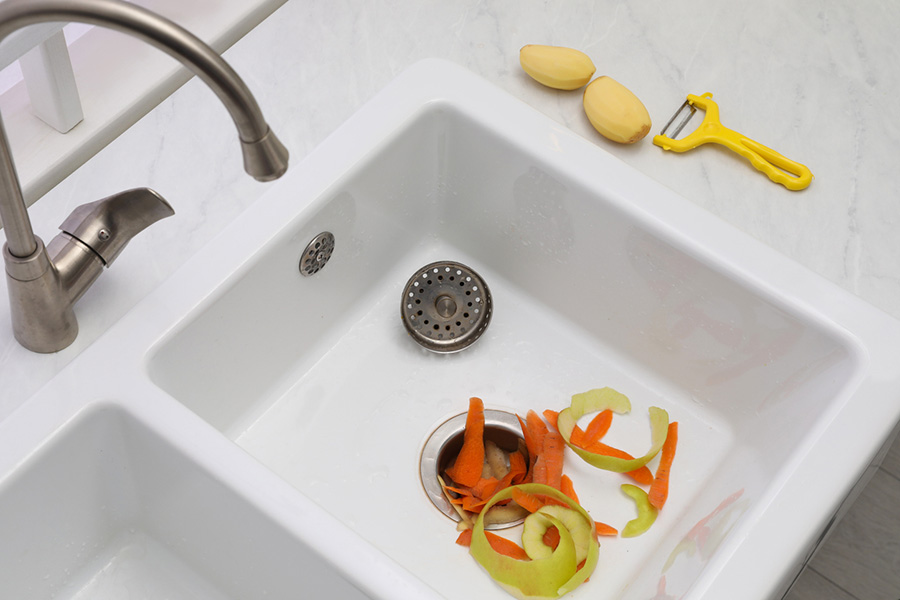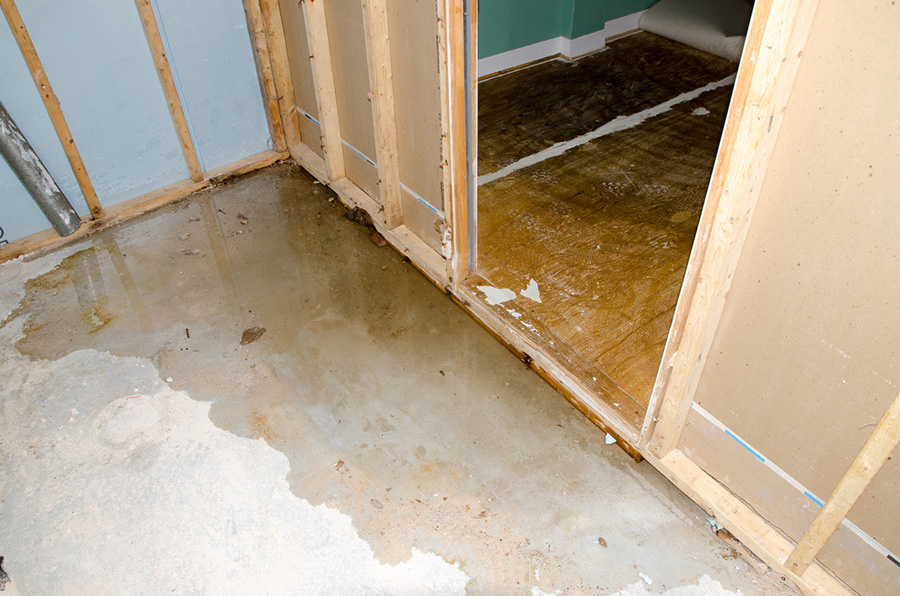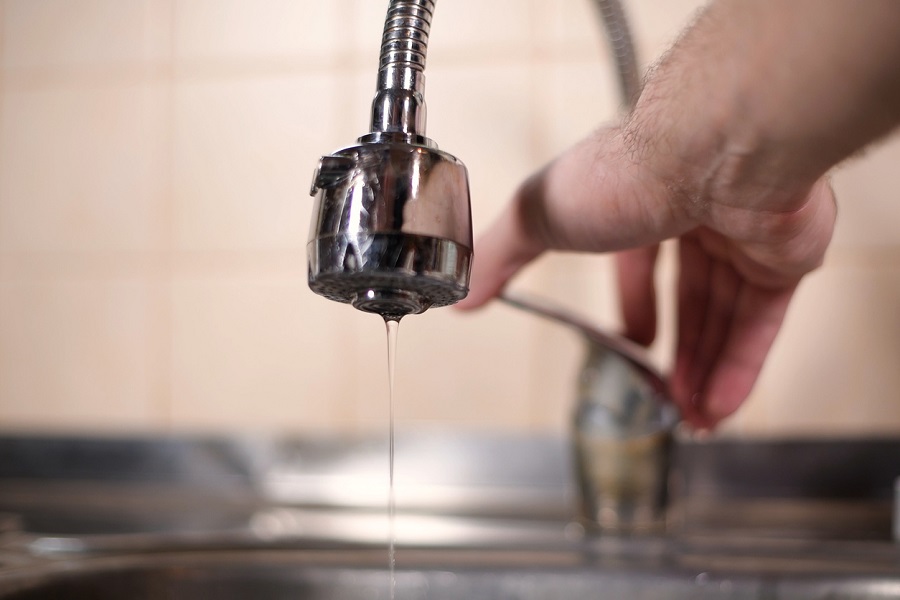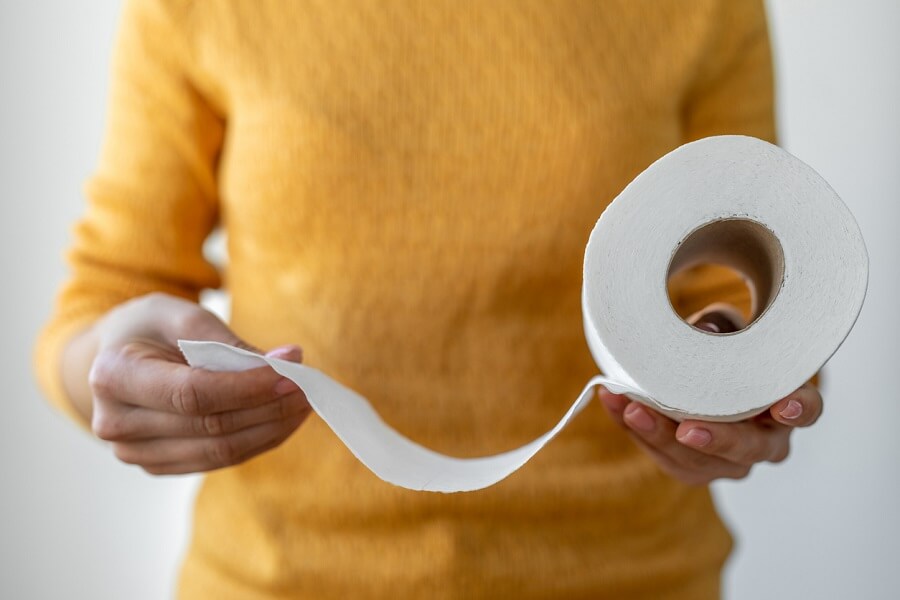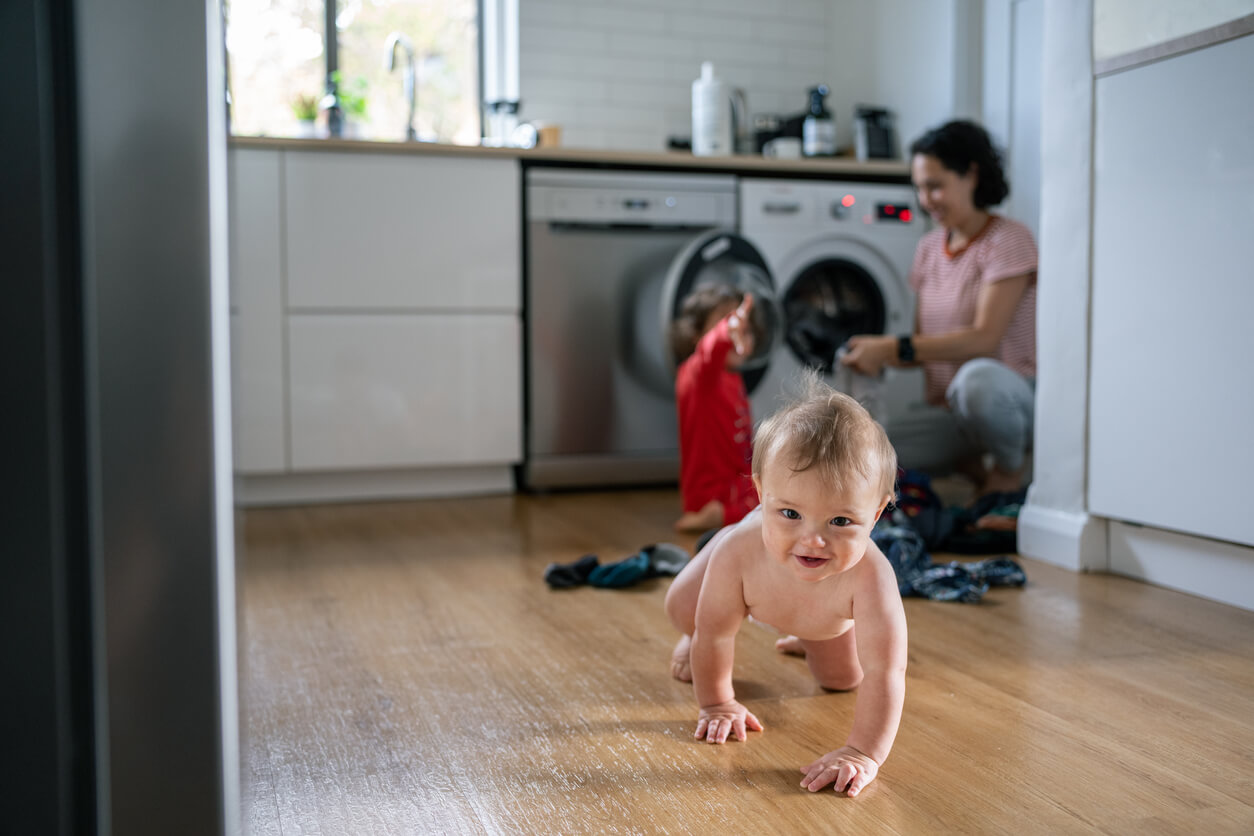Installing a garburator, also known as a garbage disposal, is a task that can significantly improve the convenience and cleanliness of your kitchen. By efficiently grinding up food waste, a garburator helps reduce the amount of organic waste that ends up in landfills. However, while some Etibicoke homeowners may consider tackling this installation as a DIY project, there are compelling reasons why it’s best to leave garburator installation to a professional.
The Complexity of Garburator Installation
At first glance, installing a garburator may seem straightforward, but it involves more than just connecting an appliance to your sink. The installation process requires a careful balance of plumbing and electrical work, both of which must be done correctly to ensure the unit functions properly and safely.
- Plumbing Expertise
A garburator needs to be properly aligned with your sink’s plumbing system to prevent leaks and ensure efficient waste disposal. Incorrect installation can lead to water leaks that may cause damage to your cabinets, flooring, and even the foundation of your home. A professional plumber has the knowledge and experience to connect the garburator to your existing plumbing correctly, ensuring that all seals and joints are watertight. Read more about preventing household water leaks here.
- Electrical Safety
Garburators also require electrical connections, as they are powered by electricity to grind and dispose of food waste. Improper wiring can result in electrical hazards, such as short circuits or even fires. A professional installer will ensure that the garburator is wired safely and in accordance with local electrical codes. This step is crucial not only for the safe operation of the appliance but also for protecting your home and family from potential electrical risks.
Why Professional Installation is the Best Choice
- Compliance with Local Codes
Building codes and regulations vary by location, and installing a garburator involves adhering to these specific rules. A professional installer is familiar with local codes and will ensure that your installation is fully compliant. This is especially important if you ever decide to sell your home, as non-compliant installations can lead to complications during inspections.
- Warranty Protection
Most garburators come with a manufacturer’s warranty, but this warranty often requires that the unit be installed by a licensed professional. Attempting a DIY installation could void the warranty, leaving you responsible for any repairs or replacements. Hiring a professional protects your investment by ensuring that the warranty remains valid.
- Long-Term Reliability
Professional installation guarantees that your garburator is set up for long-term reliability. An experienced installer will ensure that the unit operates efficiently, minimizing the risk of future problems. They can also offer valuable advice on how to maintain the garburator to extend its lifespan.
Contact D. Jason Plumbing Today
While installing a garburator might seem like a manageable DIY project, the benefits of professional installation are clear. From ensuring compliance with local codes to safeguarding your warranty and ensuring the safety of your home, a professional installer provides peace of mind that the job is done right. Contact us today for a reliable, efficient, and safe garburator installation.
